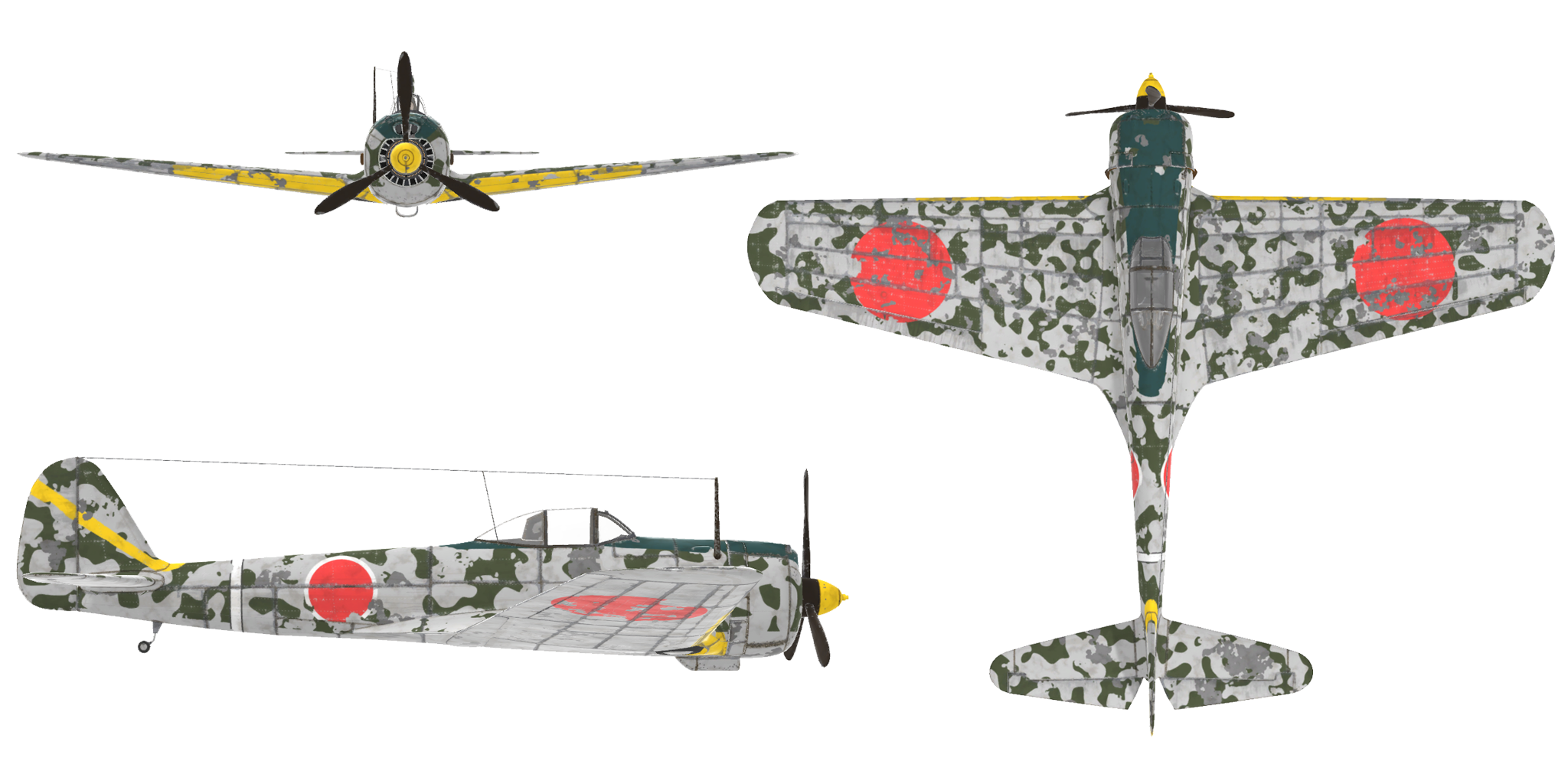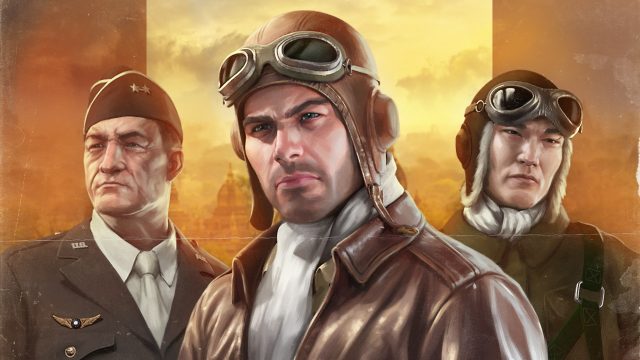
KI-43-I0 “OSCAR”
It was no secret that Japanese airpower ruled the skies over the Pacific at the beginning of World War II. But even with this knowledge, the appearance of a new, faster and lighter airplane caught the Allies utterly by surprise. The new airplane was the Nakajima Ki-43 Hayabusa "Oscar", a brand new single-engine tactical fighter that had been in development for the past 18 months.
The Oscar came about because Japanese generals wanted a more lightweight fighter to replace the obsolete Ki-27. They were basing their decision on their recent battles in China, wanting a lighter plane for land-based army support. The designer, Hideo Itokawa was ordered to design a plane that matched the Ki-27’s maneuverability and dogfighting qualities, but in a heavier 1,000 horsepower class fighter.
It took Itokawa 13 attempts before he and his engineers perfected the design. The plane’s all-metal construction and lack of armor protection meant it could reach tops speeds of over 300 miles and hour (downside being the aforementioned lack of armor and the fact that it only had two 7.7 mm machine guns mounted atop the redesigned cowl). For maneuverability, Itokawa settled on a flight control system made up of “butterfly shaped air combat maneuvering flaps”.
Official production of the Ki-43 began in April 1941 and it entered service in October. Almost immediately, the Oscar came up against the British-flown Brewster Buffalo Mk. I fighters and the P-40s of the 1st American Volunteer Group (AVG). Or, to give them their more famous nickname, the Flying Tigers.
After Pearl Harbor, American morale was at a long time low. The Japanese had also decimated the British air forces in Malaya and the US air forces in the Philippines. Over the following months the IJAAF bombed Hong Kong, Guam, Singapore and many other strategic locations.
But then they turned their attention to the China Burma India Theater (CBI), the United States military designation for the China and Southeast Asian theaters of war. Defending the CBI was considered a task of the utmost strategic importance by the US military, and it was here, in the skies above Rangoon, that the Oscars first tested their mettle in battle against the Flying Tigers.
The Oscars took the AVG by surprise, but Claire Lee Chennault soon adapted his pilots’ tactics, using a hit and run method of fighting against the more agile Ki-43. In battle the Tigers would climb for altitude, wait for the right moment, and then dive – sometimes with the sun directly behind them – guns blazing. These tactics replaced the more familiar circling dogfights, a method of fighting that favored the more agile, aluminium-built Japanese fighters.
The Oscar went through thirteen upgrades, each each variation perfecting and strengthening the initial design, adding more armor, heavier machine guns, self-sealing fuel tanks, shorter and stronger wings, and bombs mounted beneath the wings.
By the end of the war, the airplanes came to be used by pilots in the Japanese Army’s Kamikaze program, a glorious end to an idea that was ahead of its time.





